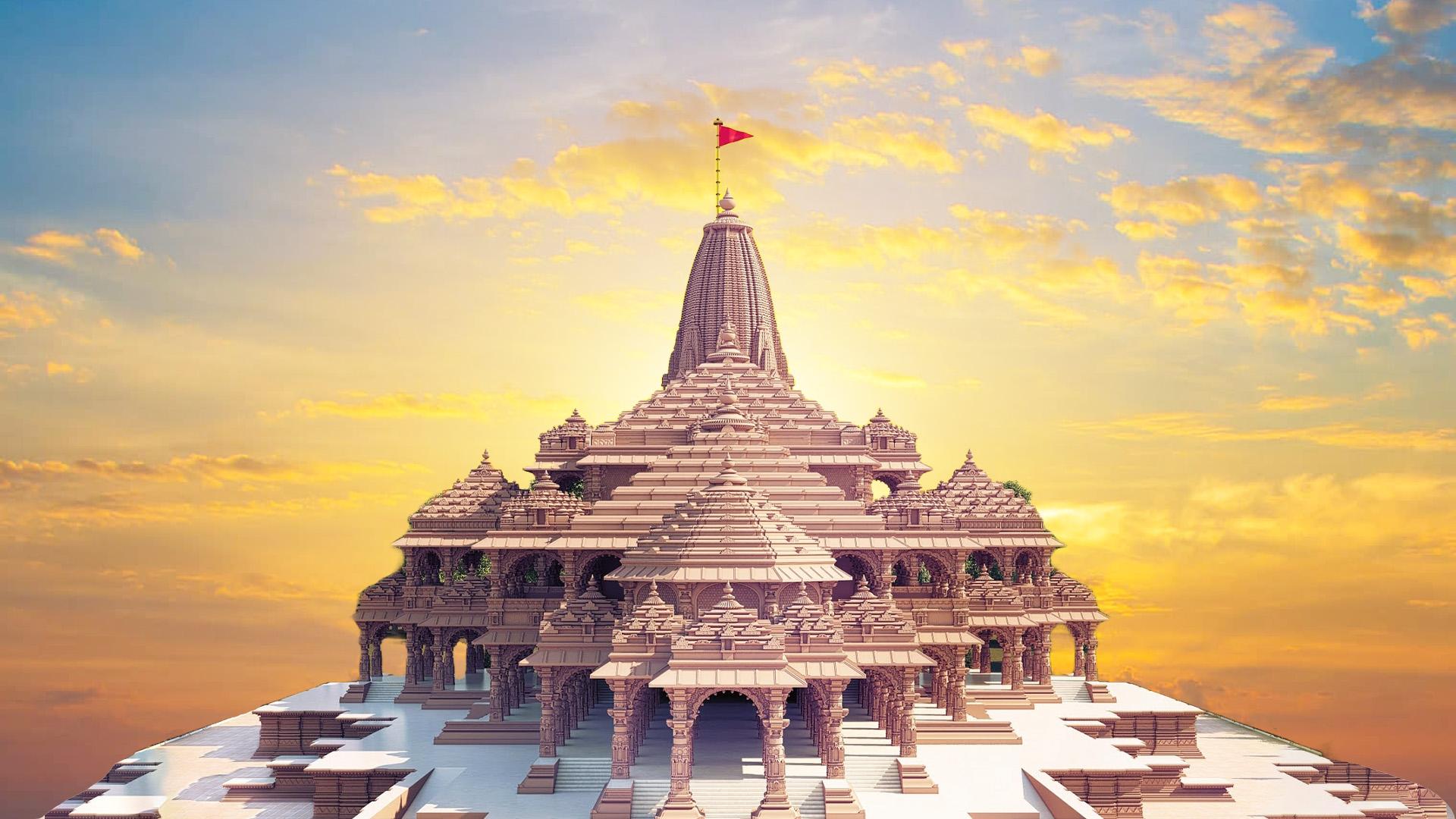Ayodhya, the sacred birthplace of Lord Rama, is one of India’s most revered spiritual destinations, and knowing the Best Time to Visit Ayodhya can make your journey truly memorable. Located on the banks of the Sarayu River in Uttar Pradesh, Ayodhya is not just a city of temples—it is a living embodiment of India’s cultural, mythological, and historical heritage. With its grand Ram Mandir, vibrant ghats, and centuries-old shrines, Ayodhya attracts millions of pilgrims and tourists every year.
🌄 Introduction to Ayodhya
-
Ayodhya is one of the Sapta Puri, the seven holiest cities in Hinduism.
-
It is deeply connected to the epic Ramayana and the life of Lord Rama.
-
The city is also home to Jain temples, Sufi shrines, and Mughal-era monuments, reflecting cultural harmony.
-
Festivals like Deepotsav and Ram Navami make Ayodhya a vibrant destination year-round.
🏔️ Why Timing Matters for Ayodhya Travel
-
Weather conditions in Ayodhya vary significantly across seasons.
-
Festivals and cultural events are concentrated in specific months.
-
Choosing the right time ensures comfortable sightseeing, spiritual participation, and cultural immersion.
🌸 Seasonal Guide – Best Time to Visit Ayodhya
1. Winter (October – March) – The Ideal Season
-
Weather: Pleasant, with temperatures ranging between 8°C and 25°C.
-
Highlights: Perfect for temple visits, heritage walks, and evening aarti at Ram Ki Paidi.
-
Festivals:
-
Deepotsav (October–November): Millions of lamps illuminate the ghats and temples.
-
Diwali: Celebrated with grandeur, marking Lord Rama’s return to Ayodhya.
-
Makar Sankranti (January): Holy dips in the Sarayu River.
-
-
Why Visit: Comfortable climate, vibrant festivals, and spiritual atmosphere.
2. Summer (April – June) – Spiritual but Hot
-
Weather: Hot, with temperatures ranging between 30°C and 45°C.
-
Highlights:
-
Morning and evening temple visits are manageable.
-
Ram Navami celebrations in March–April attract thousands of devotees.
-
-
Why Visit: Despite the heat, summer is spiritually significant due to Ram Navami.
3. Monsoon (July – September) – Lush and Festive
-
Weather: Moderate rainfall, temperatures between 25°C and 35°C.
-
Highlights:
-
Green landscapes and refreshed ghats.
-
Shravan month rituals and fairs.
-
-
Why Visit: Ideal for those who enjoy monsoon charm and fewer crowds.
🏞️ Month-by-Month Breakdown
| Month | Weather | Events & Highlights |
| October | Pleasant | Start of festive season, Deepotsav preparations |
| November | Cool | Diwali, Deepotsav celebrations |
| December | Cold nights | Peaceful temple visits, fewer crowds |
| January | Crisp winter | Makar Sankranti, Sarayu River rituals |
| February | Mild | Comfortable sightseeing, cultural programs |
| March | Warm | Ram Navami celebrations |
| April | Hot | Early summer, temple visits in mornings |
| May | Very hot | Limited outdoor activities |
| June | Hot | Pre-monsoon showers possible |
| July | Rainy | Shravan rituals, lush greenery |
| August | Rainy | Monsoon fairs, cultural vibrancy |
| September | Pleasant | Transition to festive season |
🛶 Festivals That Define the Best Time to Visit Ayodhya
Deepotsav
-
Celebrated in October–November.
-
Millions of diyas light up the ghats and temples.
-
Cultural performances, Ram Leela enactments, and grand processions.
Ram Navami
-
Celebrated in March–April.
-
Marks the birth of Lord Rama.
-
Special prayers, temple decorations, and fairs.
Diwali
-
Celebrated in October–November.
-
Symbolizes Rama’s return to Ayodhya after defeating Ravana.
-
The city glows with lights and festivities.
Makar Sankranti
-
Celebrated in January.
-
Devotees take holy dips in the Sarayu River.
🧳 Sample 5-Day Winter Itinerary
Day 1: Arrival in Ayodhya, visit Ram Janmabhoomi Mandir and Hanuman Garhi.
Day 2: Explore Kanak Bhawan, Dashrath Mahal, and evening aarti at Ram Ki Paidi.
Day 3: Heritage walk to Nageshwarnath Temple, Treta Ke Thakur, and Gulab Bari.
Day 4: Attend Deepotsav or Ram Navami celebrations (seasonal).
Day 5: Shopping for handicrafts, sweets, and departure.
🍲 Culinary Experiences
-
Local Sweets: Peda, laddoo, gujia.
-
Street Food: Kachori, samosa, jalebi.
-
Temple Prasad: Simple vegetarian meals offered at shrines.
🛍️ Shopping in Ayodhya
-
Handicrafts: Brass idols, wooden carvings, religious souvenirs.
-
Local Produce: Spices, sweets, and incense.
-
Textiles: Traditional fabrics and devotional items.
🚗 Activities Based on Season
-
Winter: Temple visits, heritage walks, evening aarti.
-
Summer: Morning darshan, Ram Navami celebrations.
-
Monsoon: River rituals, lush ghats, cultural fairs.
🏨 Accommodation Options
-
Luxury Hotels: Premium stays near Ram Mandir.
-
Budget Lodges: Affordable guesthouses for pilgrims.
-
Dharmshalas: Traditional accommodations near temples.
💡 Travel Tips
-
Best time: October to March for pleasant weather and festivals.
-
Dress modestly at religious sites.
-
Pre-book accommodations during Deepotsav and Ram Navami.
-
Carry cash for donations and small purchases.
-
Stay hydrated and plan temple visits in mornings/evenings during summer.
✨ Conclusion
Ayodhya is not just a destination—it is a spiritual journey into India’s cultural and religious heart. With its temples, ghats, heritage monuments, and vibrant festivals, the city offers a blend of devotion and history. The Best Time to Visit Ayodhya is during the winter months (October–March), when the weather is pleasant and festivals like Deepotsav, Diwali, and Ram Navami bring the city alive. Whether you seek divine blessings, cultural immersion, or historical exploration, Ayodhya promises unforgettable memories year-round.



